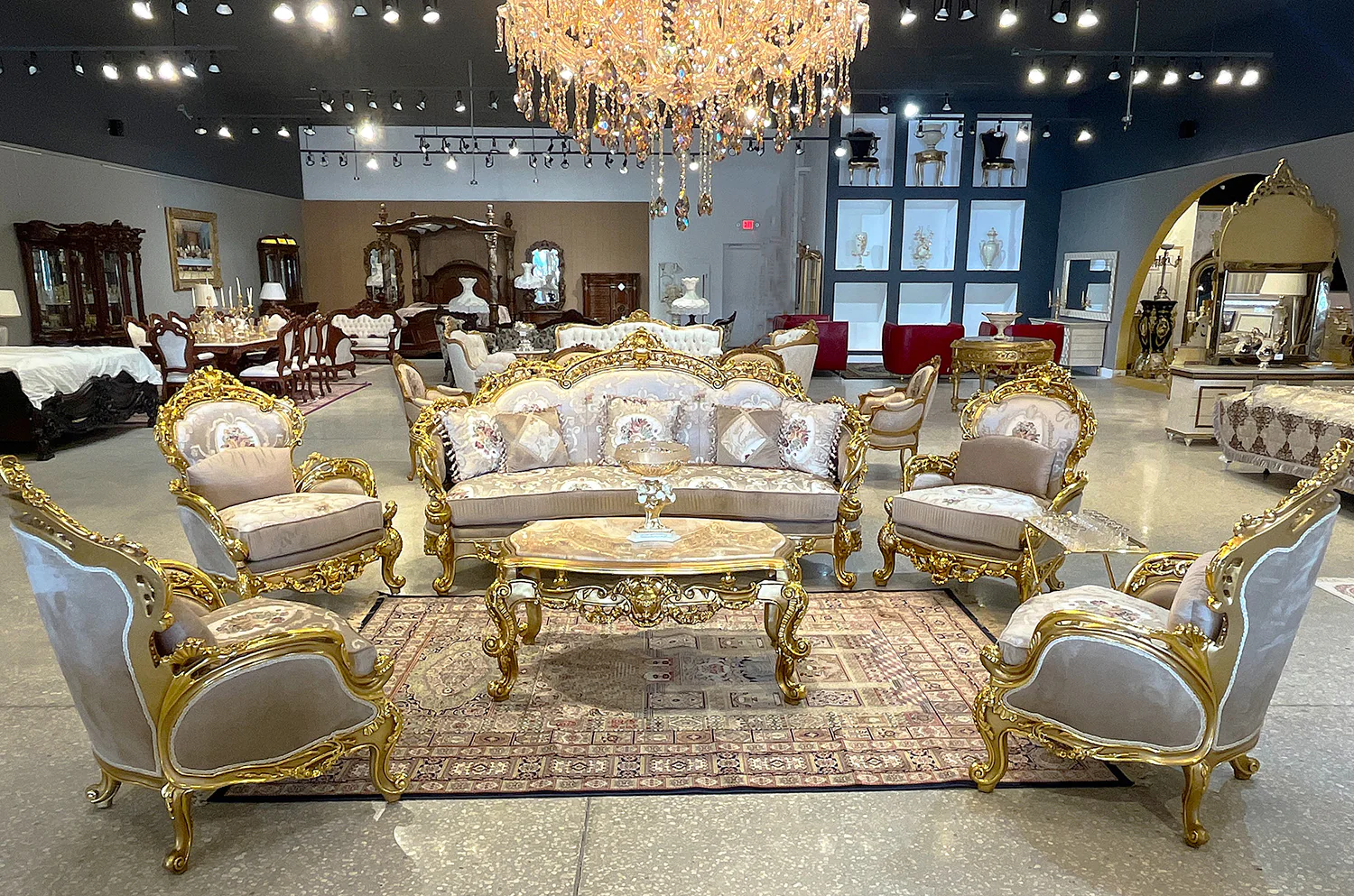
Choosing the right sofa is one of the most important decisions when furnishing your living room. A sofa serves as both a visual anchor and a functional centerpiece in your space, providing comfort, seating, and an opportunity to express your Sofa design preferences. With so many options available in terms of size, style, material, and configuration, finding the perfect sofa can feel overwhelming. This guide will walk you through essential tips for selecting a sofa that balances comfort, style, and practicality for your home.
- Assess the Space and Determine Size
The first step in choosing the right sofa is assessing your living room space to determine the appropriate size. Start by measuring the area where you plan to place the sofa, accounting for doorways, windows, and walkways. The sofa should fit comfortably within the room without overpowering it or feeling cramped. In smaller spaces, consider a compact two-seater or a loveseat, while larger rooms can accommodate a sectional or a three-seater sofa with extra lounge space. Additionally, think about how the sofa’s shape and placement will impact traffic flow, ensuring there’s enough room for people to move around freely. - Prioritize Comfort Over Aesthetics
While the appearance of a sofa is important, comfort should always be a top priority. After all, the sofa is where you’ll relax, watch TV, and entertain guests. Look for a sofa with a sturdy frame, supportive cushions, and a comfortable seating depth. Sofas with deep seats are ideal for lounging, while shallower options may be better suited for upright sitting or small spaces. The fill material also plays a role in comfort—down cushions offer softness but may require regular fluffing, while foam provides firmer, more structured support. Try out different styles in person if possible to get a feel for what suits your comfort needs best. - Choose the Right Upholstery Material
The upholstery material you choose for your sofa will impact its durability, comfort, and maintenance requirements. If you have children or pets, opt for durable fabrics like microfiber, leather, or performance fabrics that are easy to clean and resistant to stains. Leather sofas, while often more expensive, offer a sleek and sophisticated look that becomes softer with age. Fabric sofas, on the other hand, come in a wide range of colors and textures, offering more variety in design. Consider how the sofa will be used—if it’s a high-traffic area, choose a fabric that’s built to withstand daily wear and tear. - Select a Style That Matches Your Décor
Sofa styles range from modern and minimalist to traditional and plush, and it’s essential to select one that complements the overall aesthetic of your home. For a modern living room, opt for a sofa with clean lines, low backs, and sleek materials like leather or linen. If your home leans toward a more classic or traditional look, a sofa with rolled arms, tufted backs, and ornate legs may be more suitable. A mid-century modern sofa with tapered legs and boxy shapes can offer a stylish, timeless feel that fits into various décor styles. Remember that the sofa should blend seamlessly with other furniture and décor elements, creating a cohesive and inviting space. - Think About the Configuration
Sofa configurations can vary widely, so it’s important to choose one that suits your lifestyle and the layout of your room. A standard sofa may be sufficient for small or mid-sized living rooms, but if you have a large space or entertain frequently, consider a sectional sofa for additional seating. Sectionals come in different configurations, including L-shaped and U-shaped, allowing you to choose a design that maximizes seating while fitting the room’s shape. If you enjoy lounging or stretching out, consider adding a chaise lounge section or a recliner feature for extra comfort. For smaller living rooms, modular sofas are a flexible option that can be reconfigured as needed. - Balance Budget and Quality
Finally, when choosing a sofa, it’s important to balance your budget with the quality and durability of the piece. Sofas are long-term investments, and opting for a high-quality model may save you money in the long run as it will last longer and require less maintenance. Frame construction is a good indicator of quality—solid hardwood frames are the most durable, while metal and particleboard frames may be less sturdy over time. Pay attention to the suspension system as well; eight-way hand-tied springs or sinuous springs are durable options that offer excellent support. While high-end sofas often come with a higher price tag, there are plenty of budget-friendly options that don’t sacrifice style or comfort, especially if you shop during sales or consider second-hand pieces.
In conclusion, choosing the right sofa requires careful consideration of size, comfort, materials, style, configuration, and budget. Start by assessing your space and determining what size and shape best fit your living room layout. Prioritize comfort by selecting a sofa with appropriate seating depth, cushion support, and durable upholstery materials. Match the sofa’s style to your existing décor, ensuring it complements the aesthetic of your home. Whether you’re opting for a sectional, a chaise, or a traditional three-seater, balancing these factors will help you find the perfect sofa that not only looks great but also meets your lifestyle needs for years to come.
